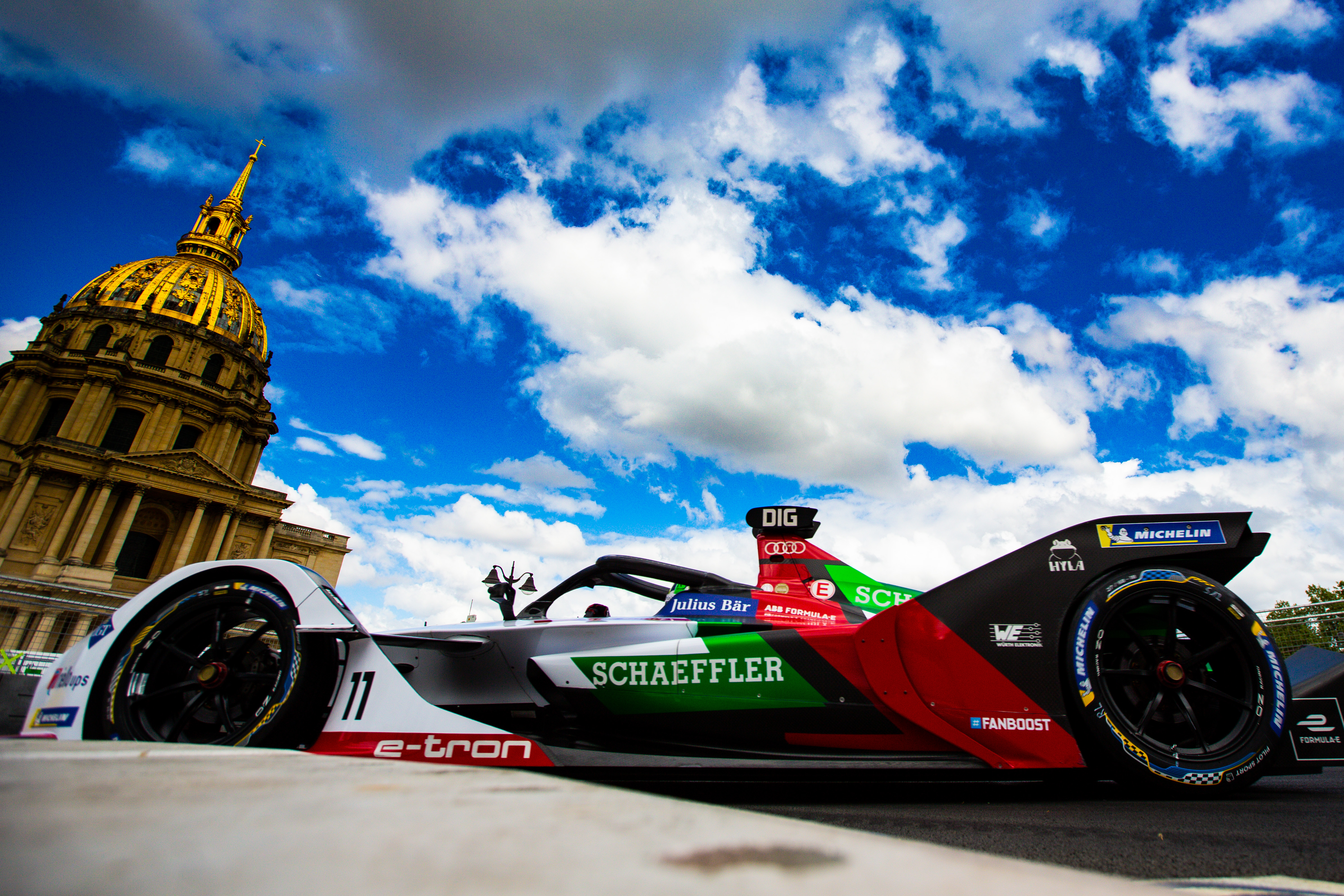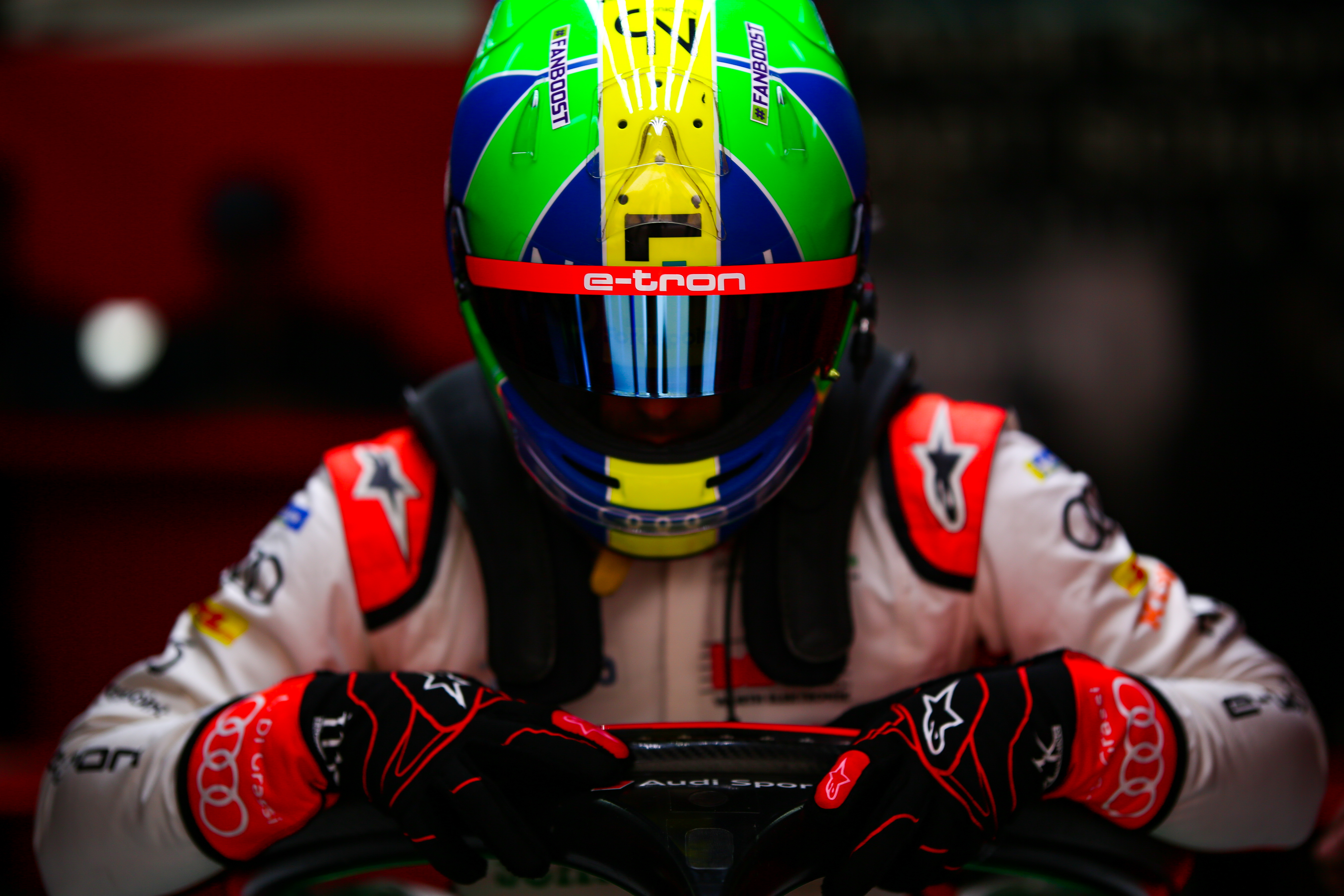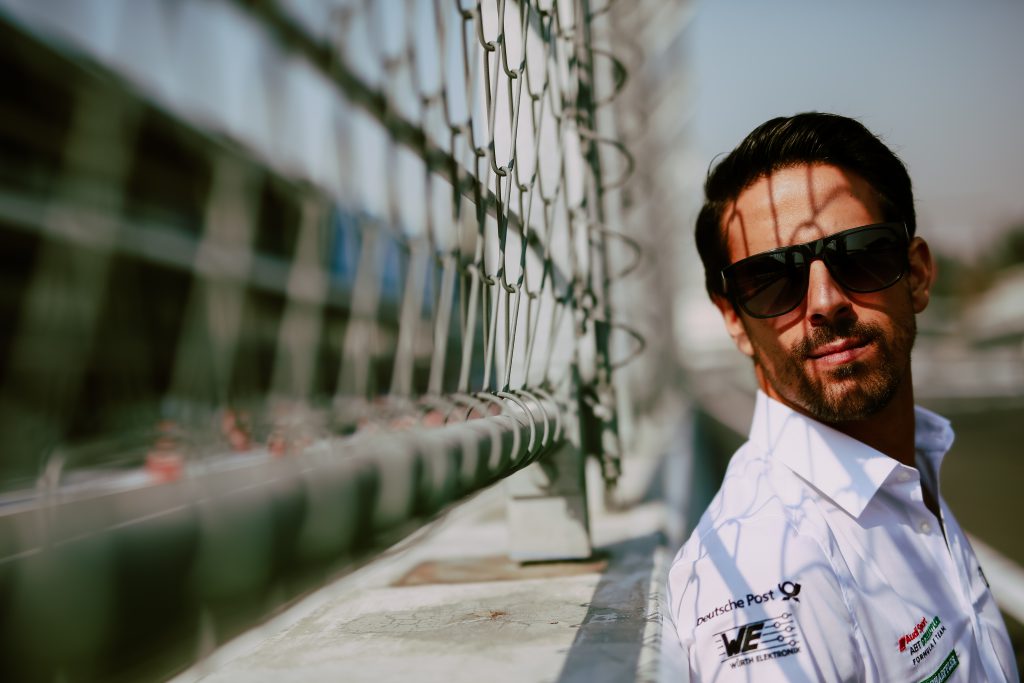Can the current global pandemic accelerate the transition to electric mobility. And why?
It is a question posed and answered after considerable research here by 2016-17 Formula E champion Lucas di Grassi.
The Audi driver is reasonably unique in motorsport as he holds several positions outside of the industry while remaining an active driver.
These include being a member of the United Nations Environment Programme with which he travelled to New Delhi, India late last year to further understand how people live and die in the world’s second-largest city (28.5 million residents) which last year called its own levels of pollution a climate emergency.
Di Grassi has been assisting in raising awareness of the ‘Breath Life Campaign’, a UN Environment initiative which has an objective to address air pollution. Below he outlines his research and thoughts on the current pandemic and its implications.

Equal to pretty much the whole world, motorsport is halted due to the SARS-Cov-2 pandemic. During this hiatus, I was doing some research about it and I came across many articles citing the correlation between high level of air pollution and respiratory viral infections.
After reading some peer-reviewed publications, I was pretty convinced that, on top of all known effects, air pollution contributes to many respiratory viral infirmities, including the COVID-19, or simply put, the coronavirus.
According to Jonathan & Ilona Jaspers (2007) (Air Pollution and Respiratory Viral Infection, Inhalation Toxicology) there is a very clear link between those pollutants and the increase of contagion and infection by more than 200 types of viruses, including coronaviruses.
Respiratory diseases also have a devastating effect on the economy and according to the article above, most work and school hours lost in USA are related somehow to illnesses of the respiratory tract.
“The World Health Organisation estimates outdoor air pollution accounts for 4.2 million premature deaths worldwide, approximately distributed in 40% heart disease, 40% stroke, 11% chronic obstructive pulmonary disease, 6% lung cancer and 3% lower respiratory infections” :: Lucas di Grassi
As about 65% of the world’s population live in cities and a major contributor to the outdoor air pollution in urban areas are trucks and cars with internal combustion engines (ICE).
Although it is very hard to estimate a world’s average, emissions from motor traffic are a very important source group throughout the world.
Let’s start by understanding such emissions: you can count six main components: vocs, carbon monoxide, nitrous oxide (NOx), lead, particulate matter 2.5 and sulphur dioxide. All those compounds, although varying massively from different types of engines and fuels, are found in exhaust gases.

So far, the logic is clear. There are a lot of people living in cities and a lot of cars and trucks emitting pollutants at those locations.
Result? High concentrations of air pollution where most people breathe and live. There is no shortfall of articles citing the relation of air pollution and diseases.
The World Health Organisation (WHO) estimates outdoor air pollution accounts for 4.2 million premature deaths worldwide, approximately distributed in 40% heart disease, 40% stroke, 11% chronic obstructive pulmonary disease, 6% lung cancer and 3% lower respiratory infections.
The total economic cost of public and private healthcare sector for treating those diseases plus the production capacity loss of work hours and premature deaths is immense.
The world is having a taste of it with the current pandemic. And due to all the evidence shown above, the second silent pandemic of air pollution could be even bigger. I expect the coronavirus alarm will wake up the people, politicians and companies in general.
One solution is electric mobility. Electric cars produce zero local emissions. The total greenhouse effect (global warming gases) varies depending of the mixture of the power grid of each country and are very debatable depending the metric used, but emissions are not.
Even biofuels or e-fuels produce a similar amount of pollutants. Internal combustion engines in cities cannot coexist with clean air.
Only zeroing trucks tailpipe emissions will drastically change the outdoor air quality, as it counts for nearly half of the total (according to a University of Sao Paulo study during a truck drivers’ strike in Brazil, 2018) pollution, improving everyone’s health and therefore saving lives and boosting the economy.
The total subsidy or correspondent taxation for the industry must take into account the total benefit it would cause for society to accelerate the transition.
Electric cars and vans, especially in cities, must be the norm in a post COVID-19 world.
Governments that made all measures to save lives during the corona pandemic cannot anymore ignore the million of deaths and the socioeconomic impact of not taking any proactive action to mitigate air pollution.
Often hard times lead to important changes. I truly hope this will be it.
Lucas di Grassi

The Race says:
Di Grassi’s points raised here are thought provoking and motivating in equal measure.
The world feels brittle at present, as a large percentage of the global population adjusts and adapts to the greatest pandemic of our time.
As lifestyles are modified and changed perhaps for years or decades to come, wider questions should be asked about climactic conditions, environmental anomalies and aiming to use technology to assist and slow down the affect that industry, mobility and human habitation as a whole is having on the earth.
Di Grassi knows what he is speaking about when it comes to economics and business. He is currently studying at Harvard Business School in an Executive Education programme on Business Administration and Management.
He also has a degree in his back pocket from the Sao Paulo based Insper Instituto de Ensino e Pesquisa, one of South America’s most esteemed teaching and research institutions.
Both the factual and logical points made by di Grassi are easily understood here but in the context of what the world is going through now, perhaps more rational and joined up thinking will be made in future by governments and industries when it comes to environmental concerns, particularly in cities.
After all a lot of politicians are also successful business people and when the true economic cost is tallied up in months and potentially years to come, then zero emission mobility will surely be a ‘no brainer’ for cities and large conurbations.
Di Grassi believes in racing for a reason and he also genuinely wants to change the world for the better. So whatever hat he is wearing, surely with the profile and prestige as a successful sportsman his impassioned plea of common sense for a soon to be post pandemic world should be embraced by individual and governments alike.
Sam Smith




